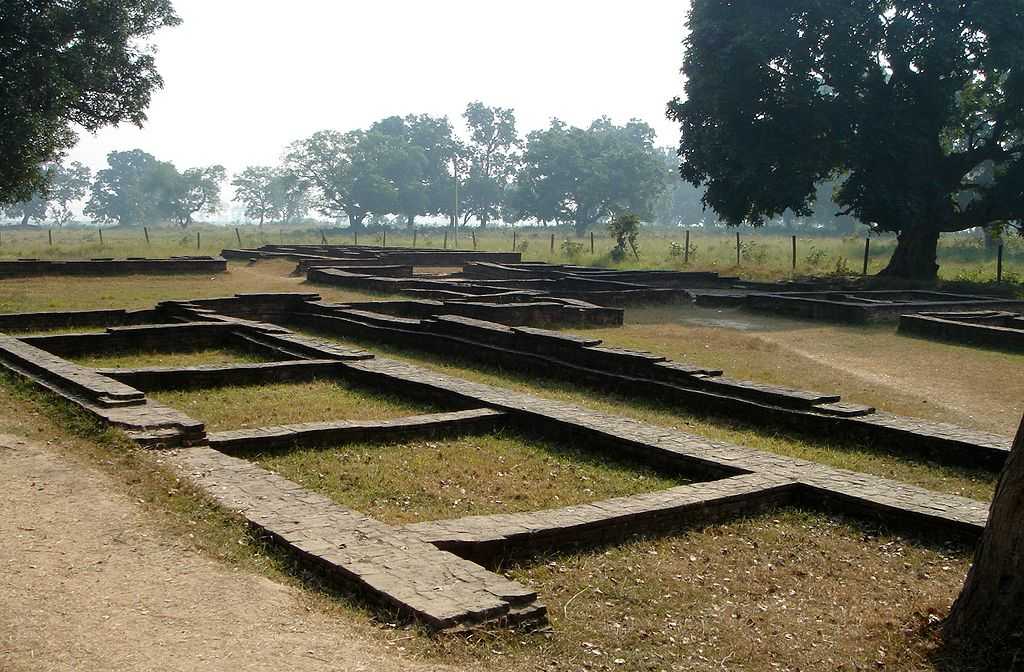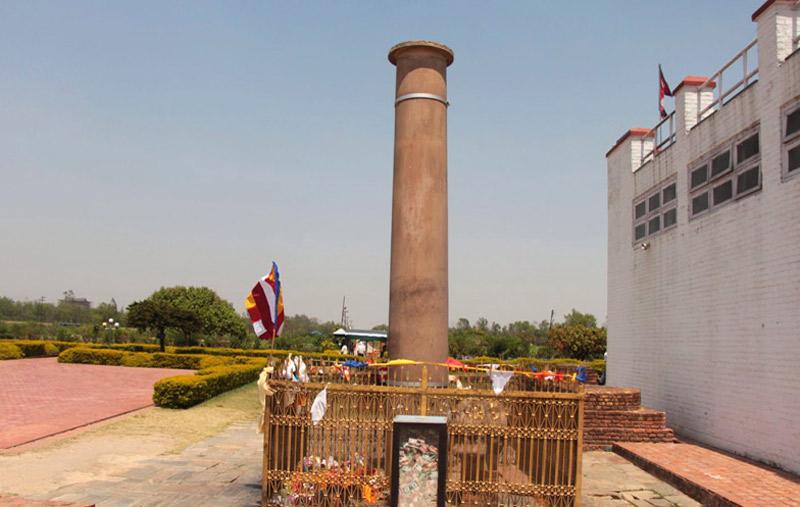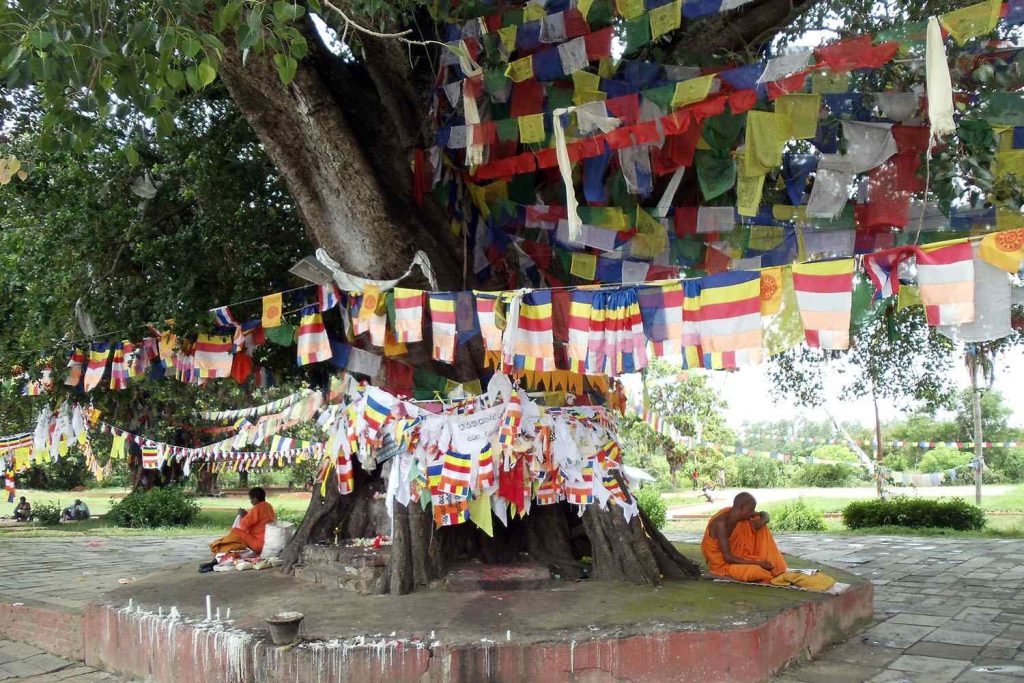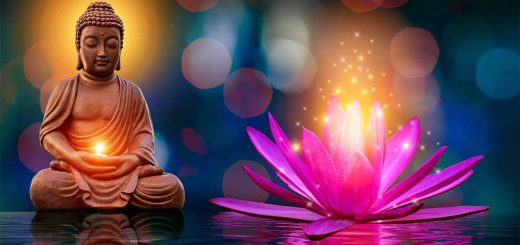The Birthplace of Buddha
The Birthplace of Buddha: Where Enlightenment Blossomed
The birthplace of Siddhartha Gautama, the spiritual leader and founder of Buddhism, holds a significant place in the hearts of millions around the world. Nestled in the ancient town of Lumbini, Nepal, this sacred site is where the enlightened one first opened his eyes and embarked on a path that would transform the world. With its rich history, serene ambiance, and spiritual allure, Lumbini remains a cherished pilgrimage site for Buddhists and a place of curiosity and inspiration for travelers worldwide.
Historical Significance:

Lumbini’s historical significance cannot be overstated. According to Buddhist tradition, Queen Maya Devi, Siddhartha Gautama’s mother, gave birth to him in the tranquil Lumbini Grove in 623 BCE. It was here that the young prince, who would later become known as the Buddha, spent his formative years before embarking on a profound spiritual journey that would lead to his enlightenment. The birth of Buddha in Lumbini marked the genesis of Buddhism and forever changed the course of spiritual thought.
Sacred Monuments:

Lumbini today is home to several sacred monuments that commemorate the life and teachings of the Buddha. The Maya Devi Temple, built around the ancient marker stone that identifies the exact spot of Buddha’s birth, stands as the centerpiece of the pilgrimage site. Devotees and visitors alike can witness reverence and devotion as they light incense, offer prayers, and meditate in the temple’s serene surroundings.
Lumbini Today:
In recent years, Lumbini has undergone significant development to enhance the experience for pilgrims and tourists. The Lumbini Development Trust, in collaboration with the international community, has created a master plan to preserve and showcase the sacred site. The development includes beautiful gardens, monastic zones, meditation centers, and museums, offering visitors a comprehensive understanding of Buddhist history and philosophy.
Beyond its religious and historical importance, Lumbini’s natural beauty and tranquility make it a captivating destination for travelers seeking peace and spiritual inspiration. The vast gardens, serene ponds, and lush landscapes create a serene atmosphere that invites introspection and contemplation.
Key Place to visit inside Lumbini
Here’s a tabular list of some of the most important and amazing temples to visit inside Lumbini:
| Temple Name | Description |
|---|---|
| Maya Devi Temple | An ancient pillar was erected by Emperor Ashoka with inscriptions about his pilgrimage to Lumbini. |
| Ashoka Pillar | A beautiful white pagoda was built by the Japanese Buddhist organization to promote peace and harmony. |
| Puskarni Pond | A sacred pond believed to be where Queen Maya Devi bathed before giving birth to the Buddha. |
| Lumbini Monastic Zone | A dedicated area with various monasteries representing different Buddhist countries and traditions. |
| World Peace Pagoda | A beautiful white pagoda built by the Japanese Buddhist organization to promote peace and harmony. |
| Lumbini Museum | A museum showcasing artifacts and historical relics related to Buddhism and Lumbini’s history. |
Ashoka Pillar in Lumbini:
The Ashoka Pillar in Lumbini is an ancient monument of great historical and cultural significance. It was erected by Emperor Ashoka of the Mauryan Empire in 249 BCE to mark his pilgrimage to the birthplace of Buddha. The pillar stands tall, symbolizing Ashoka’s reverence for Buddhism and his efforts to promote the teachings of the Buddha throughout his vast empire.

Here are some key features and details about the Ashoka Pillar:
Inscriptions:
The Ashoka Pillar bears inscriptions in Brahmi script, written in the Prakrit language. These inscriptions provide valuable historical information about Ashoka’s pilgrimage to Lumbini and his dedication to spreading Buddhism. The inscriptions express Ashoka’s devotion to the Buddha and his desire to protect and nurture Buddhist communities.
Pillar Design:
The pillar stands at a height of approximately six meters and is made of a single piece of sandstone. Its polished surface shines with an enduring grace. The pillar is crowned with a bell-shaped capital, reminiscent of the Ashoka Pillars found in other parts of the Indian subcontinent. The capital is adorned with exquisite carvings of four lions, representing the Lion Capital of Ashoka, which has become the national emblem of India.
Historical Significance:
The Ashoka Pillar in Lumbini is a testament to the historical significance of the birthplace of Buddha. It signifies Emperor Ashoka’s recognition of the site’s importance and his commitment to promoting Buddhism. Ashoka played a crucial role in the spread of Buddhism, transforming it from a regional faith to a global religion.
Preservation and Restoration:
Over the centuries, the Ashoka Pillar in Lumbini has suffered from weathering and damage. However, concerted efforts have been made to preserve and restore this ancient monument. Conservation initiatives by the Lumbini Development Trust, in collaboration with international organizations, have helped protect the pillar and ensure its longevity for future generations.
Symbol of Peace:
The Ashoka Pillar, with its association with Emperor Ashoka and his commitment to peace and non-violence, has become a symbol of peace and harmony. It stands as a reminder of the values and teachings of Buddhism, inspiring visitors to embrace compassion, tolerance, and unity.

The birthplace of Buddha in Lumbini, Nepal, is a place of profound significance, drawing countless individuals seeking spiritual solace and a deeper understanding of Buddhism. It serves as a reminder of the transformative power of enlightenment and the enduring legacy of the Buddha’s teachings. Whether you are a devout Buddhist, a curious traveler, or someone seeking inner peace, a visit to Lumbini is a pilgrimage worth embarking upon—a pilgrimage to the birthplace of enlightenment.






Wow that was unusual. I just wrote an really long comment but after I clicked submit my comment didn’t appear. Grrrr… well I’m not writing all that over again. Anyhow, just wanted to say excellent blog!
Hey! Do you know if they make any plugins to safeguard against hackers? I’m kinda paranoid about losing everything I’ve worked hard on. Any tips?
hi!,I really like your writing very much! percentage we communicate extra about your article on AOL? I need a specialist in this house to resolve my problem. Maybe that is you! Taking a look forward to see you.